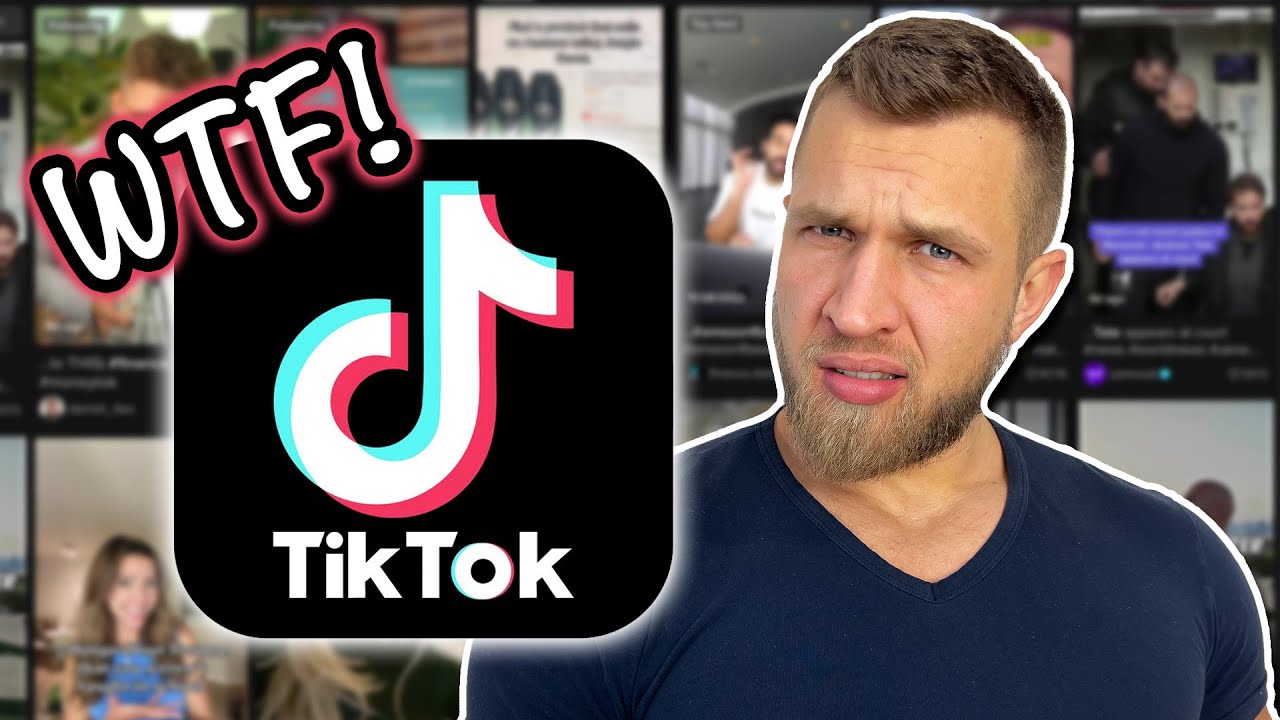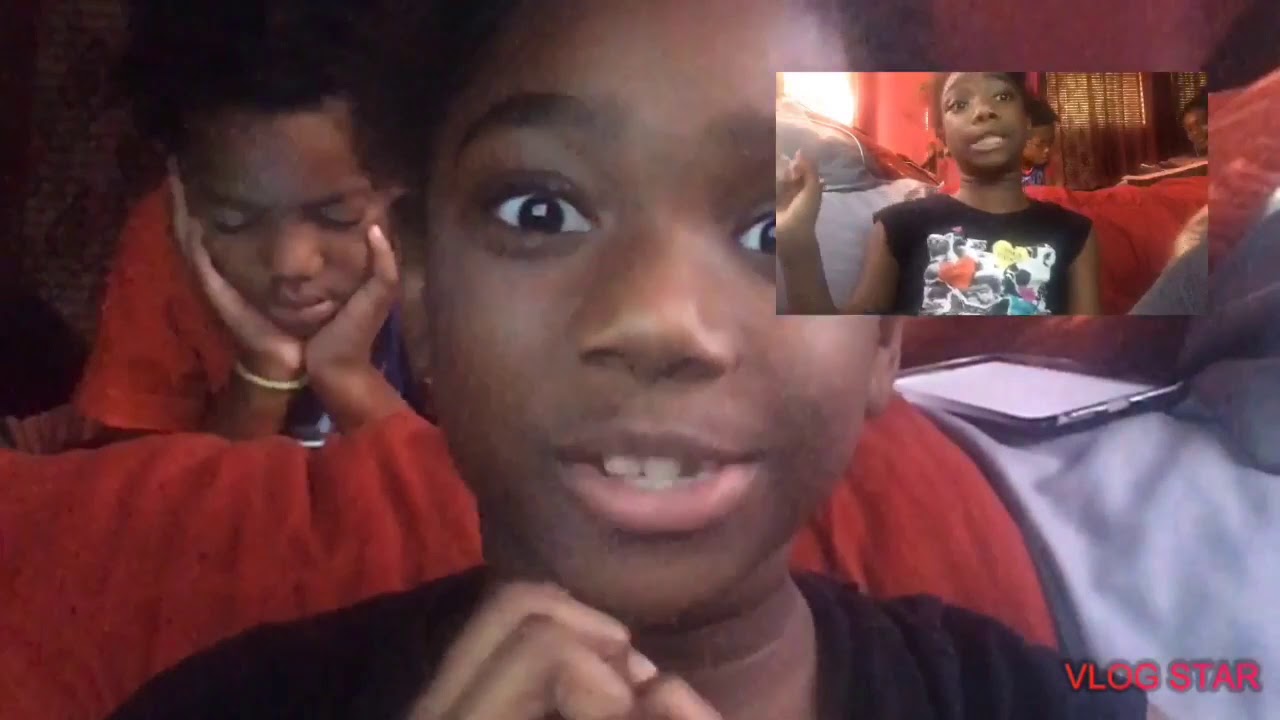Have you ever stumbled upon a reaction video on YouTube and found yourself glued to the screen? These videos, where creators respond to music, movies, or video games in real-time, have exploded in popularity over the past few years. But what exactly are reaction videos, and why have they become such a trend?
In essence, reaction videos capture the genuine, often spontaneous responses of individuals as they watch, listen to, or engage with content produced by others. Whether it’s a dramatic movie trailer, an emotional music video, or a hilarious game clip, viewers love to experience the reactions of others, creating a shared emotional journey. Not only do these videos entertain, but they also foster community, as fans gather in the comments to discuss their own feelings about the same content.
However, while reaction videos can be a lot of fun, they also raise important questions about copyright and fair use. As creators share their thoughts and feelings, they often incorporate clips from the original content, leading many to wonder: Are these videos legal? This brings us to our next topic: understanding the legal framework surrounding copyright in the context of reaction videos.
The Legal Framework of Copyright

When diving into the world of reaction videos, the legalities surrounding copyright come into play. Copyright laws are designed to protect the rights of creators, ensuring they receive recognition and compensation for their work. In the U.S., copyright is governed by the Copyright Act of 1976, which grants creators exclusive rights to their original works. But how does this apply to reaction videos?
One key concept in copyright law is "fair use," which allows limited use of copyrighted material without permission from the rights holders. Here are some important factors to consider when assessing fair use:
- Purpose and Character: If the reaction video adds something new, like commentary or critique, it may be considered transformative.
- Nature of the Original Work: Using factual content might lean more towards fair use than creative works.
- Amount Used: Using a small portion of the original content is more likely to be seen as fair use than using large sections.
- Effect on Market Value: If the reaction video doesn't negatively impact the market for the original work, it strengthens the fair use argument.
However, it's important to note that fair use isn't a blanket protection. Each case is unique and often requires legal scrutiny. For instance, creators like Jenna Marbles and PewDiePie have faced copyright claims for their reaction videos, showcasing the risks involved. Therefore, while reaction videos can be legal, navigating the nuances of copyright is essential for content creators to avoid potential pitfalls.
Also Read This: Is There a Problem with YouTube TV Right Now? Live Updates
Understanding Fair Use in Reaction Videos

When diving into the world of reaction videos, one term that often pops up is "fair use." But what does that actually mean? Fair use is a legal doctrine that allows limited use of copyrighted material without needing permission from the rights holders. This concept can be a bit tricky, especially in the context of reaction videos, so let’s break it down!
Generally, four factors determine if something qualifies as fair use:
- The Purpose and Character of the Use: If the reaction video adds commentary, critique, or educational value, it’s more likely to be considered fair use. For example, if a YouTuber humorously critiques a scene from a popular movie, that could be seen as transformative.
- The Nature of the Copyrighted Work: Using factual works, like news articles, tends to lean more towards fair use compared to creative works like films or music. So, a reaction to a documentary might have more leeway than a reaction to a music video.
- The Amount and Substantiality of the Portion Used: Using a small clip is generally safer. For instance, including a few seconds of a song in a reaction video is less risky than using an entire track.
- The Effect of the Use on the Market: If the reaction video could replace the original content or harm its market value, it’s less likely to be fair use.
Understanding these factors is crucial for creators to navigate the legal complexities of their content responsibly.
Also Read This: How to Record Movies and Shows on YouTube TV for Later Viewing
Case Studies: Notable Legal Battles

Legal battles surrounding reaction videos have made headlines and sparked debates about copyright laws in the digital age. Let’s look at a couple of notable cases that illustrate the complexities involved.
| Case | Year | Outcome |
|---|---|---|
| Fair Use vs. Copyright | 2017 | Judge ruled in favor of the reaction channel, citing transformative use. |
| Case Against Reaction YouTuber | 2019 | Settled out of court, highlighting the risks of using unlicensed content. |
In the 2017 case, a YouTuber faced a lawsuit for reacting to a music video. The judge concluded that the video transformed the original content by adding commentary, which favored fair use. However, in 2019, another reaction channel settled after receiving a cease-and-desist letter over unauthorized content usage, illustrating the ongoing risks. These cases show that while fair use can protect creators, the line is often blurry, and it’s essential for YouTubers to tread carefully.
Also Read This: Can You Get YouTube Music on Xbox? Accessing YouTube's Music Service on Xbox Consoles
Best Practices for Creating Reaction Videos

Creating reaction videos can be a fun and engaging way to connect with your audience, but it’s essential to do it right. Here are some best practices to keep in mind:
- Choose Your Content Wisely: Always select videos that resonate with your audience. Trendy or emotional content often garners more views.
- Provide Context: Before jumping into your reaction, introduce the video briefly. Share why you chose it and what your viewers can expect.
- Add Value: Don’t just react—offer insights! Share your thoughts, critique the content, or relate it to a personal experience. This adds depth and keeps viewers engaged.
- Be Authentic: Your genuine reactions are what will draw viewers in. Don’t force emotions; let your true feelings shine through.
- Respect Copyright: Use clips sparingly and ensure they fall under the fair use doctrine. Always credit the original creator when possible.
Lastly, consider using tools like video editing software to enhance your content. A little creativity can go a long way in making your reaction video stand out!
Conclusion: Navigating the Legal Landscape
As we wrap up our discussion on reaction videos, it's crucial to understand the legalities involved. While the fair use doctrine can protect creators, it’s not a guarantee. Here are some key takeaways:
| Aspect | Considerations |
|---|---|
| Fair Use | Ensure your reaction adds commentary or criticism to the original video. |
| Transformative Use | Your content should transform the original in a meaningful way. |
| Length of Clips | Use short clips to minimize copyright issues. |
By understanding these guidelines and adopting good practices, you can create engaging reaction videos while navigating the legal landscape effectively. Always stay informed about the latest copyright laws to protect yourself and your content. Happy reacting!
 admin
admin








